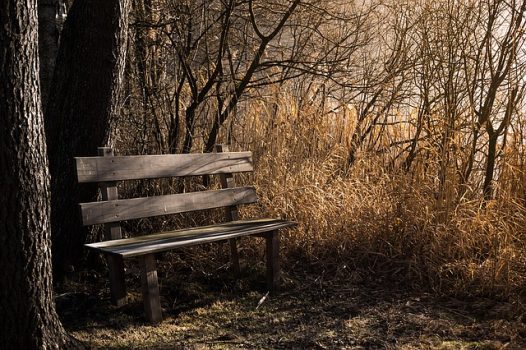For my EcoFaith intern project, I’m working on developing what I’m calling a “Catechism of Place” that’s specific to the Mill Creek watershed where I live in southwestern Ohio. I got the initial concept and language from Ched Myers’ work in “watershed discipleship,” and I wanted to see how I could flesh out his bioregionally-engaged model of faith praxis in my church community. The primary goal of the catechism is to help folks of faith make the connections between ecojustice, ecological literacy, and discipleship, and then in turn to take that social/theological analysis and concern for “creation care” down to the more immediate stories of their watersheds. Functionally, I’m working on making a year-long syllabus that consists of readings and practices to facilitate this process of introducing watershed discipleship. This will include eco-theological texts, guided meditations, community garden workdays, conversations with local indigenous folks, and “green congregation” initiatives. While the content is fairly specific to the Mill Creek watershed and to my experimenting in my church home, I hope that the syllabus will be transferable to other communities in their respective places, with the shared goal of helping people make these timely connections between theology, place, and justice.
For the first three months of my internship, I’ve been working with a small cohort of people from my church community in Cincinnati to start fleshing out an “eco-praxis” for our congregation. Right now we’re going through some texts together to introduce the work of ecotheology and discuss why it’s important, in this historical moment, for Christians to be re-membering these connections between our sacred stories and the stories of our places. First, we went through the book Introducing Evangelical Ecotheology (Baker Academic Press) over the course of three weeks, which provided a really comprehensive and accessible overview of ecotheology, and next we’re looking at Lynn White Jr.’s 1967 lecture “The Historical Roots of our Ecocrisis” and Wendell Berry’s essay “Christianity and the Survival of Creation.” A lot of our time together so far has consisted of trying to untangle the theological and sociopolitical knots we’ve found ourselves in as 21st century (mostly white settler) Christians that have engendered a legacy of Euro-American alienation and displacing-displacement. While a decent amount of our conversation so far has focused on the difficult question of “how did we get ourselves into this mess?” it’s been important, too, to call forth a lot of gratitude amongst ourselves and hone in on our natural connection to land and to each other, and let that love be our guide through the necessary grief that comes up when we’re probing questions like this. Ched told me once it’s important to foster a spirituality of connection and not a spirituality of loss, and I’m taking that word from him seriously. This is the most challenging dimension of my project so far – to resist the temptation to information-push (‘if people just knew how bad it was, they’d change!’) and really sink down to the heart-space where the capacity for deep love and deep grief resides, as well as the courage that we will need to live in these times.
To sign up to receive these blog post directly to your email account, click here or on the link in the upper right sidebar of any page at ecofaithrecovery.org.
Please feel free to share this post with others and use the field below to post your thoughts on this topic. Thanks!

